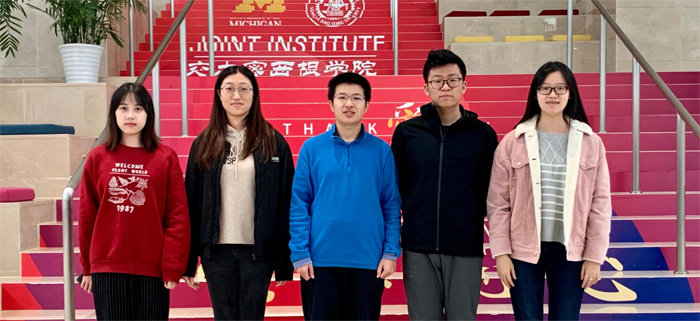
Student Projects
VE/VM450

Effective Rewriting Strategy for Digital Circuit Optimization
Instructors: Prof. Weikang Qian, Prof. Chong han
Team Members: Yifan Cao, Xingyun Mao, Hanyu Wang, Yujie Chen, Zhiyu Chen
Project Video
Team Members

Team Members:
Yifan Cao, Xingyun Mao, Hanyu Wang, Yujie Chen, Zhiyu Chen
Instructors:
Prof. Weikang Qian, Prof. Chong han
Project Description
Problem

Concept Generation

Design Description

Implementation and Results

Validation
Validation Process:
For the effect of area reduction, compare the results of our program with that from original tool ABC. For run time, a timer in C++ can be used to measure it. For fraction of suitable circuits, we process a large amount sample circuits on our program and detect whether there are any bugs.
Some other specifications can also be verified using easy experiments.
Validation Results:
According to validation part, most specifications can be met.
√ Fraction of circuit’s function not changed = 100 %
√ Fraction of area reduced >= 15%
√ Fraction of suitable circuits=100%
√ Runtime <= 600s
√ Number of command lines/clicks <=3
√ Correctness of visualized circuits
• Storage usage <= 30 MBytes
√ means verified and · means to be determined.
